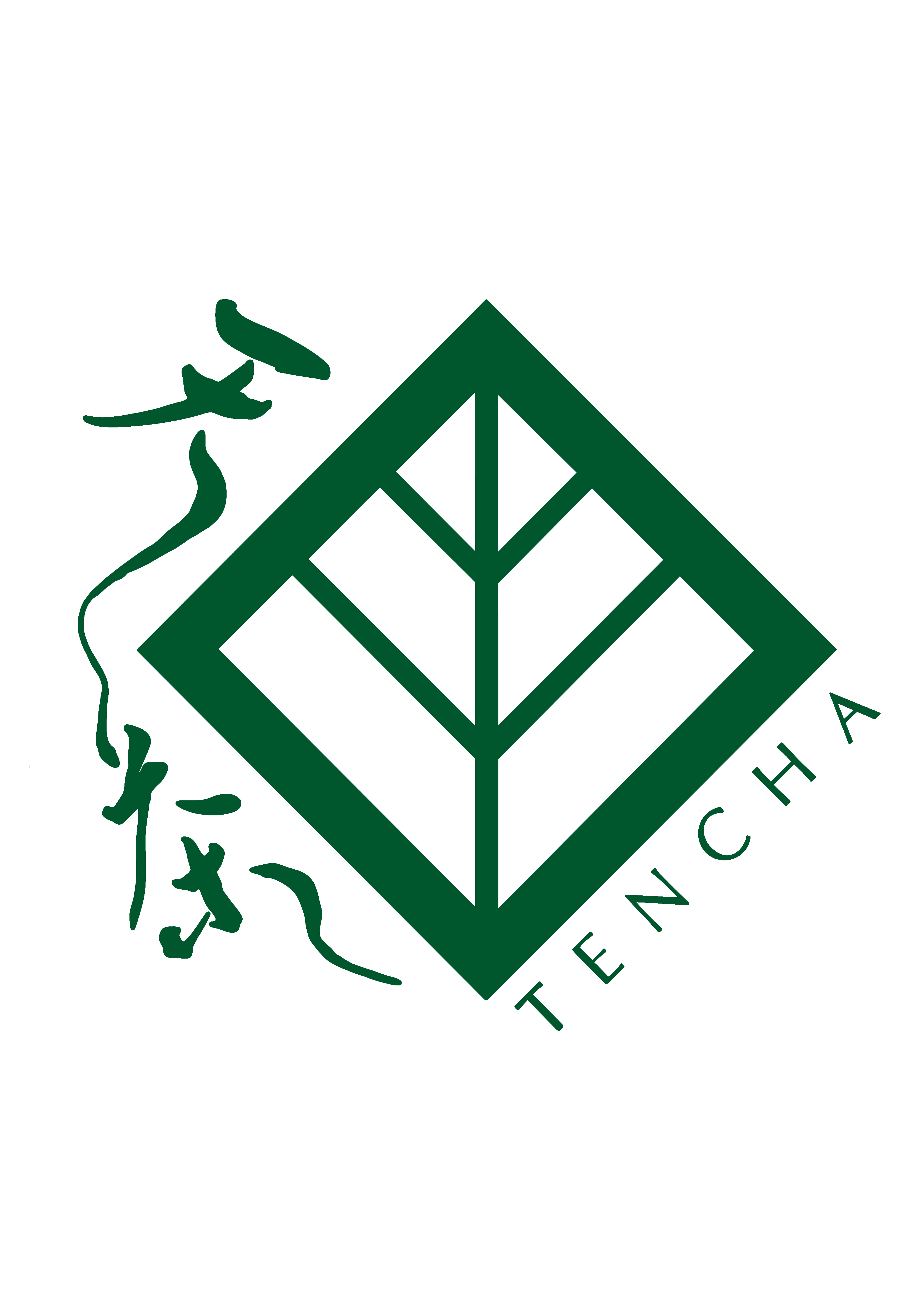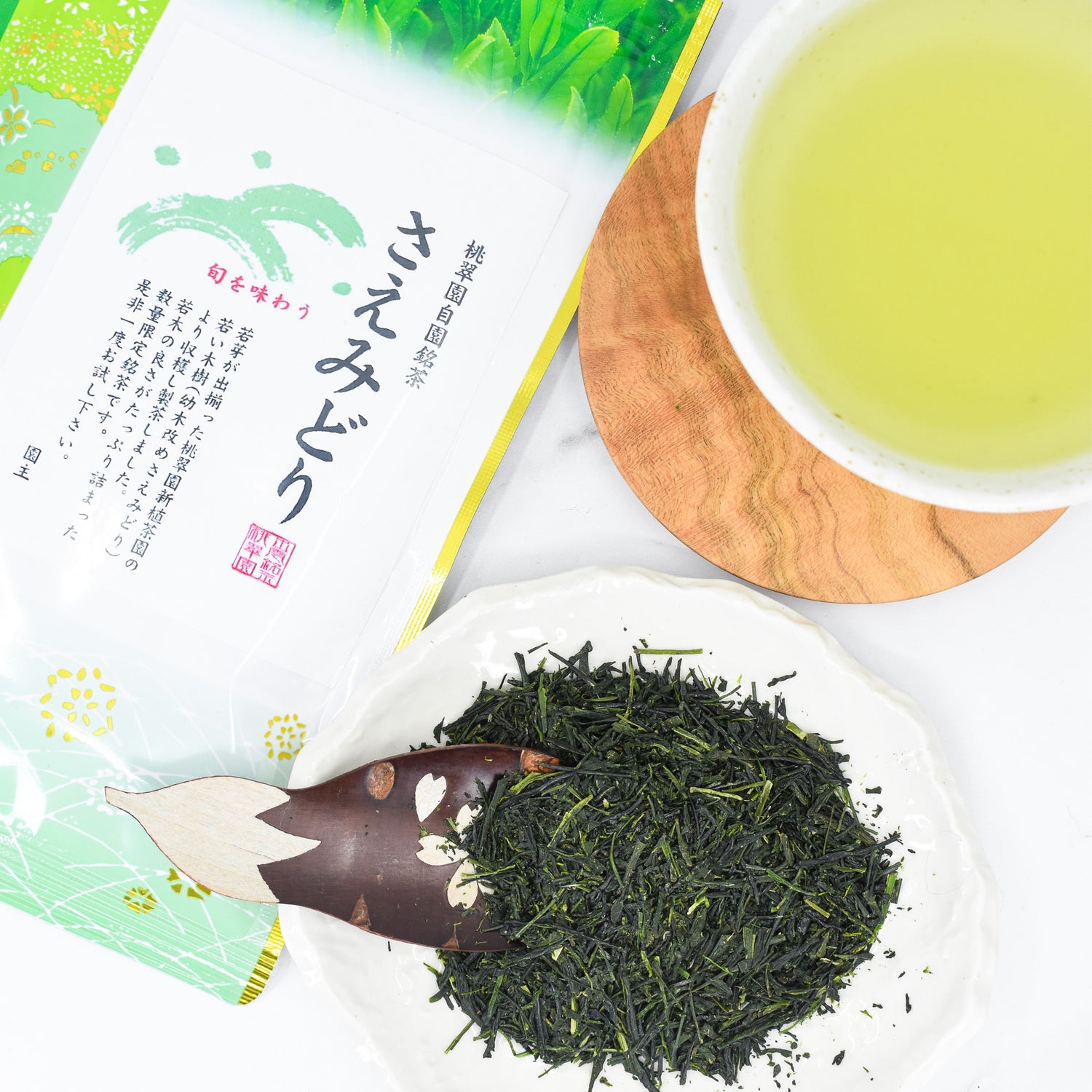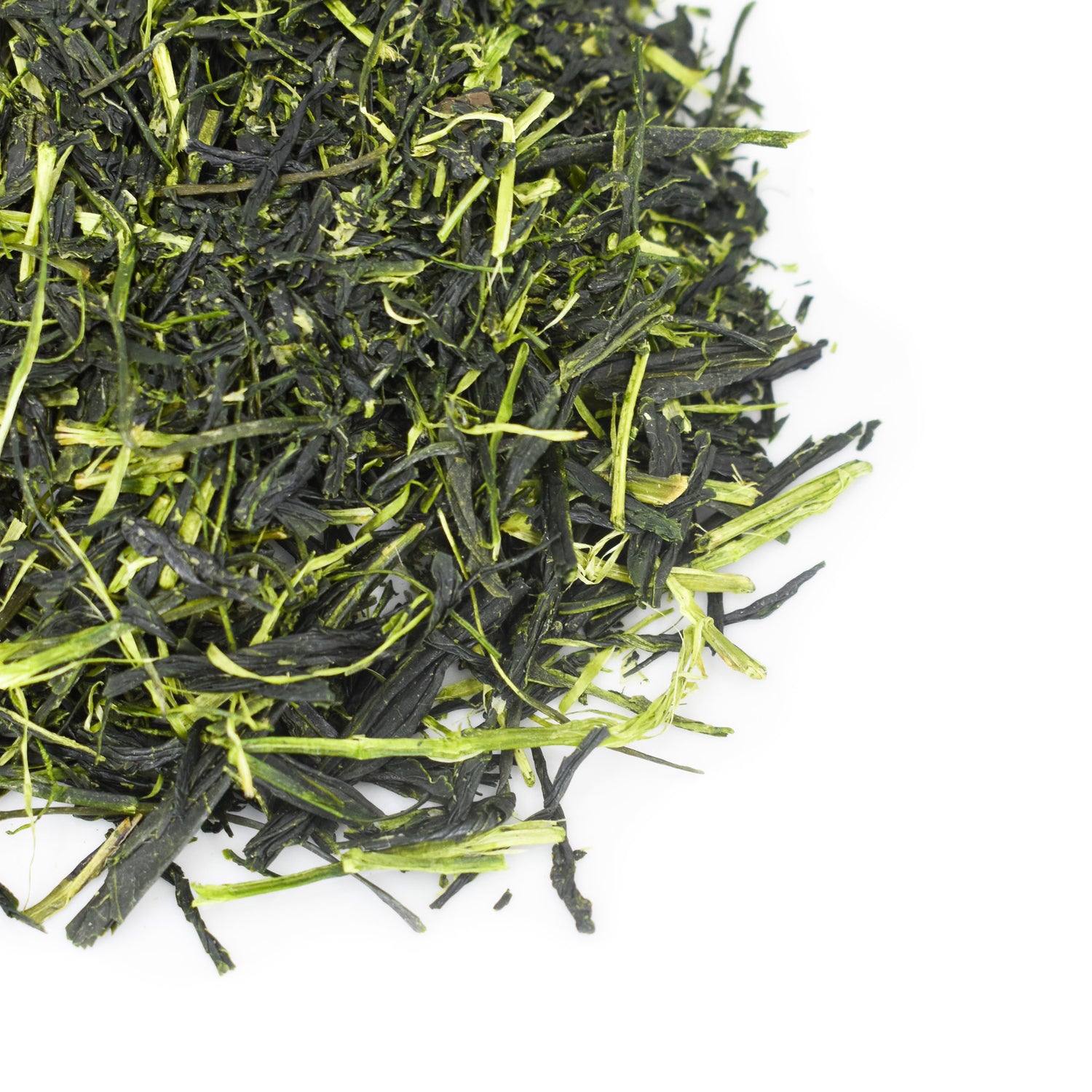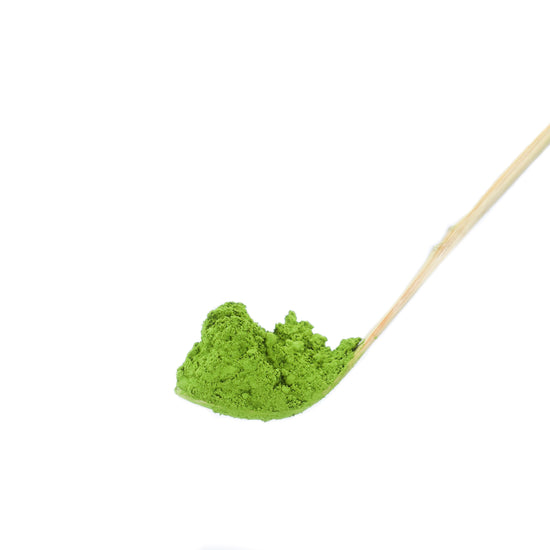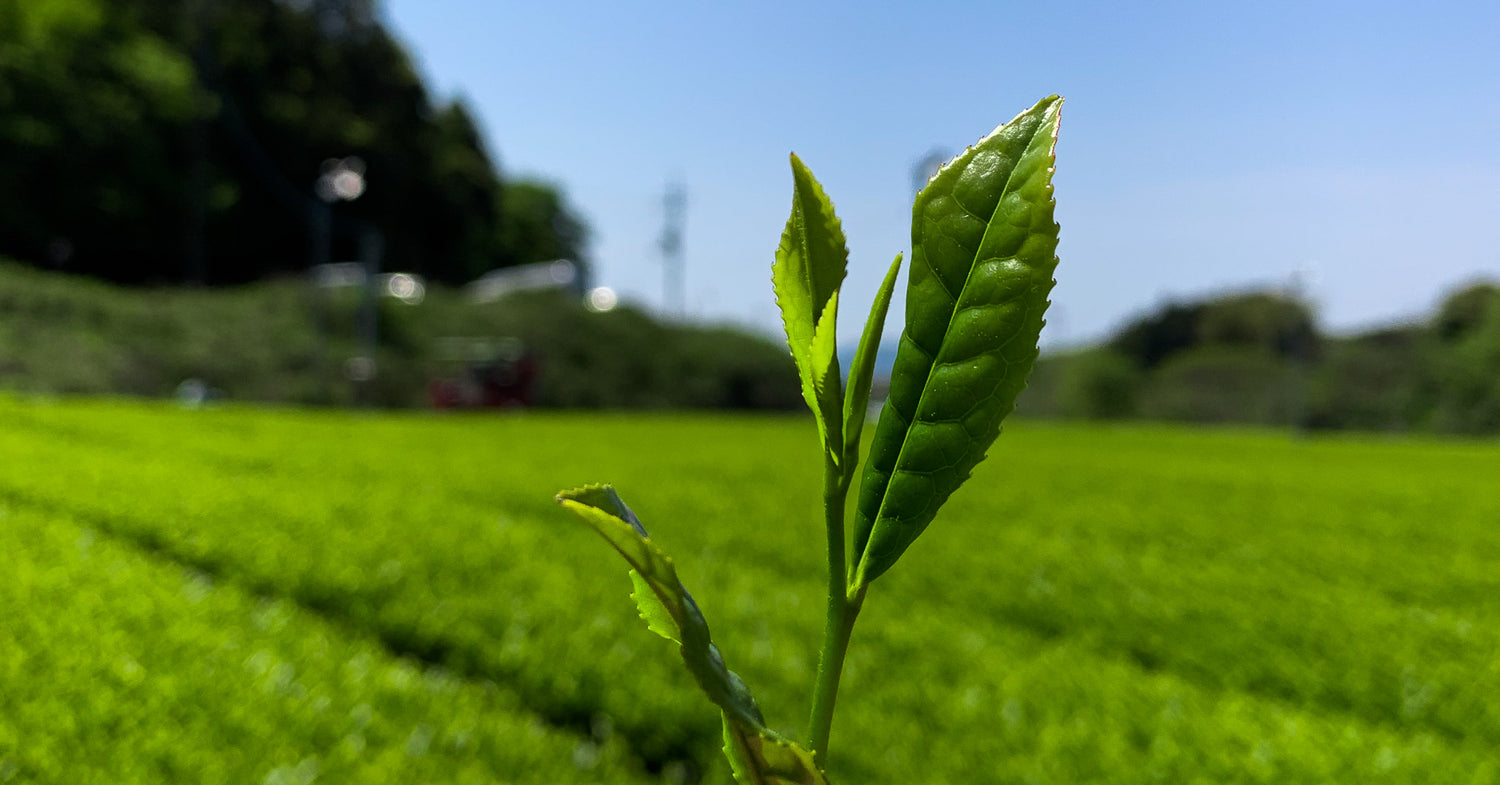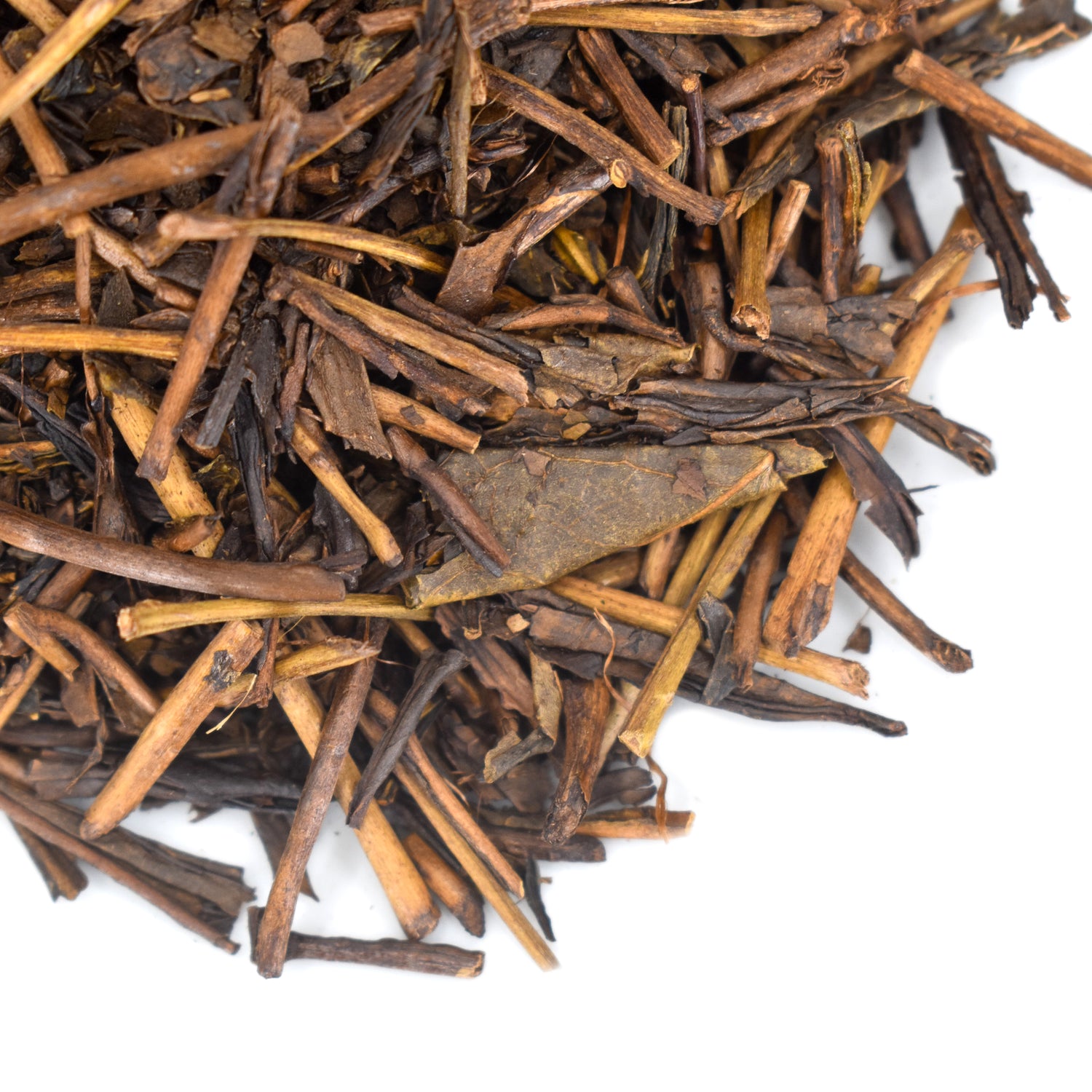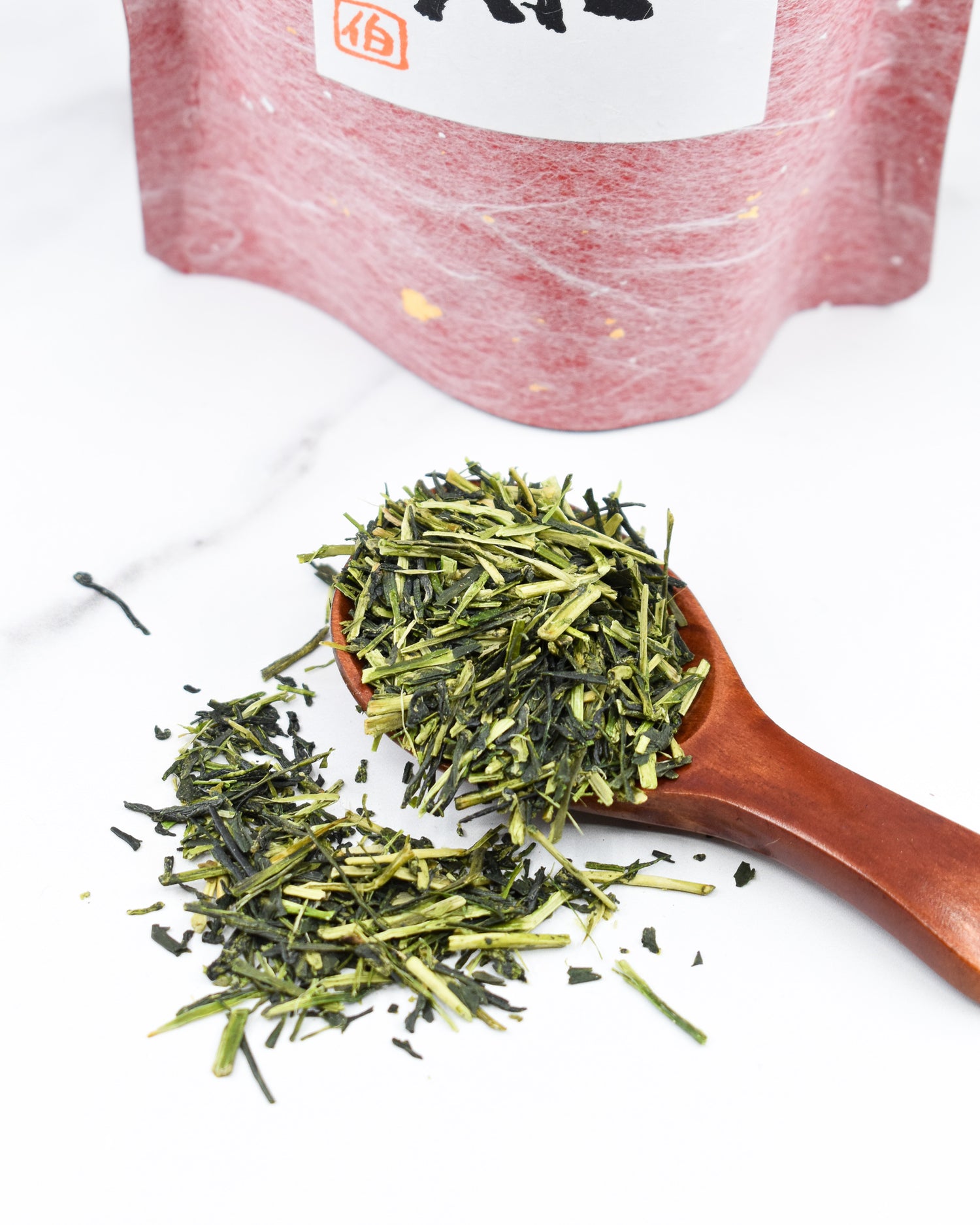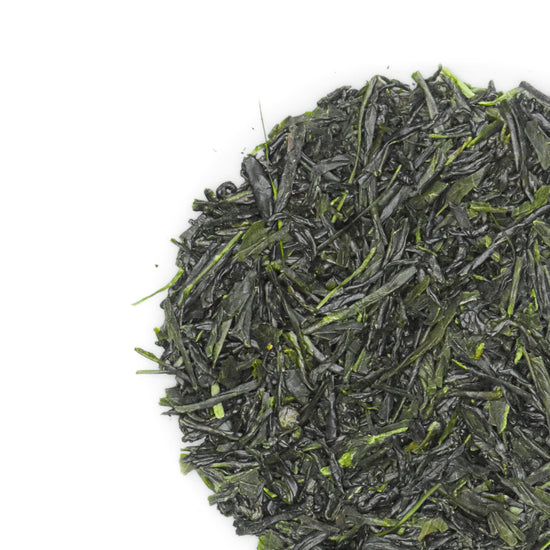We were recently asked by Babur from Best-Japanese Lifestyle & Culture Blog to write a guest post about Japanese teas for beginners. The post includes a brief look at 13 Japanese teas as well as health benefits and brewing techniques.
We were thrilled to be given the chance to collaborate with such a fantastic Japan centric online magazine and have been inspired to look a little deeper into Japanese Teas and tea terms here on our own blog.
We hope you find our long long list below helpful, make sure to go all the way to the end for some useful terms to help on your Japanese tea Journey!
